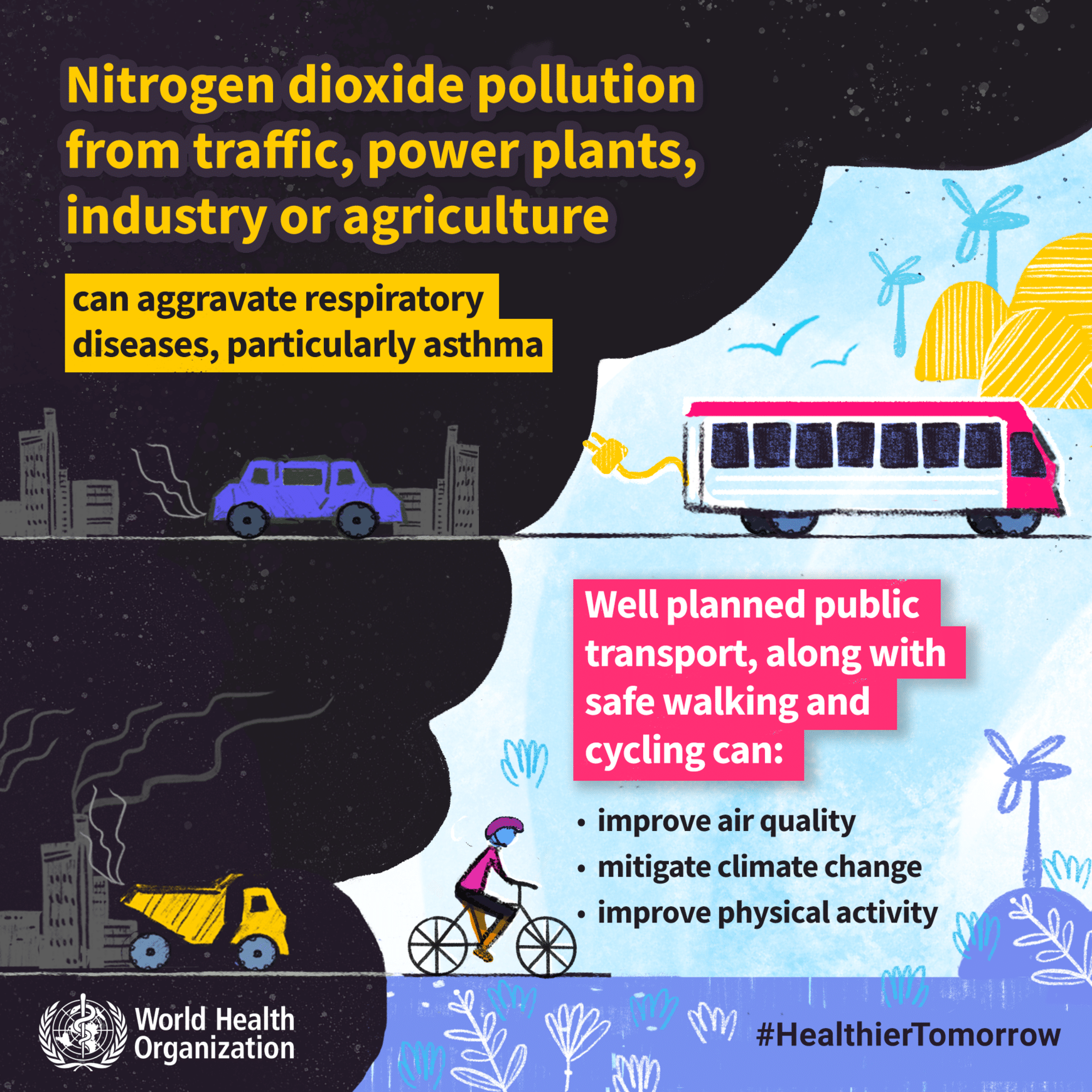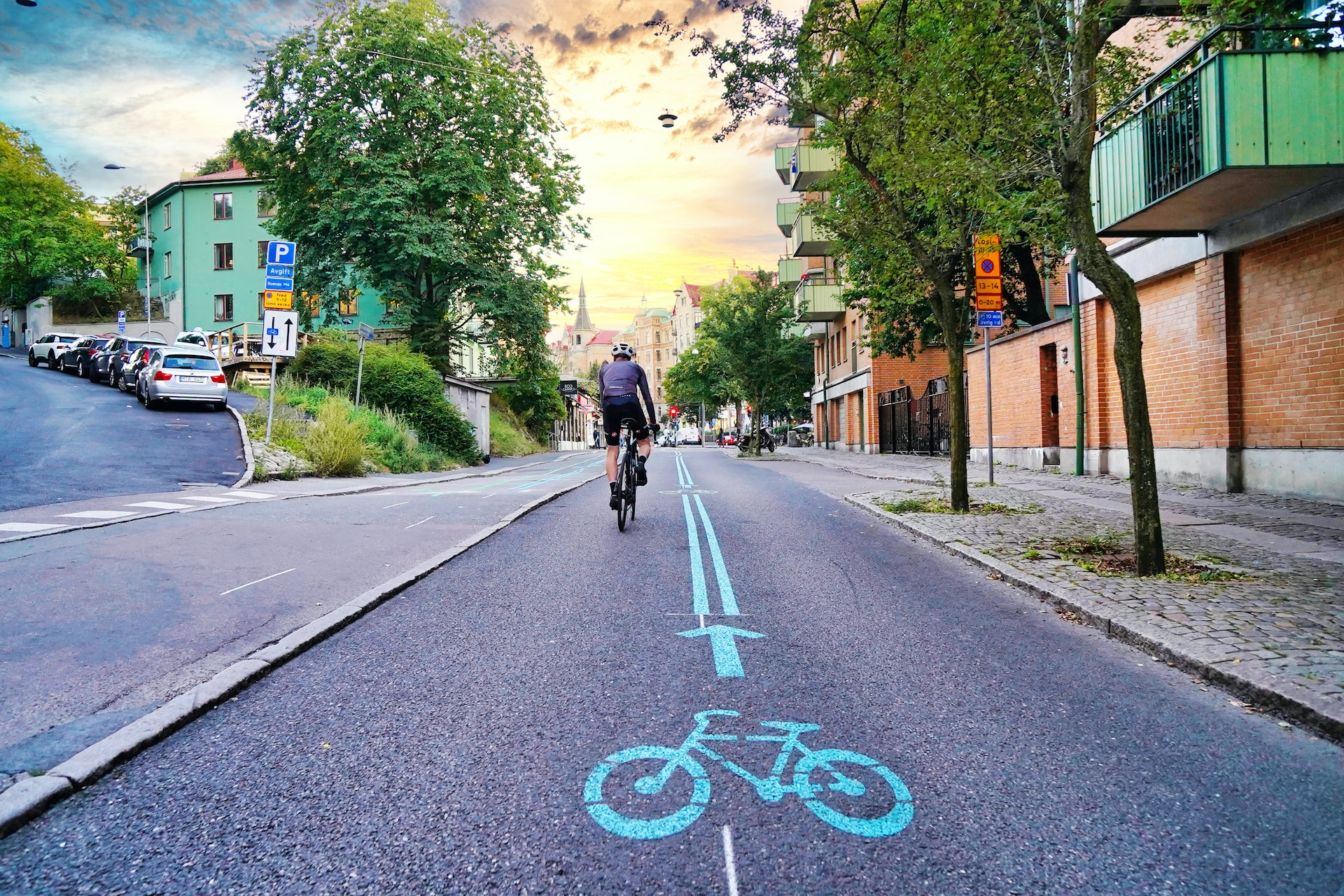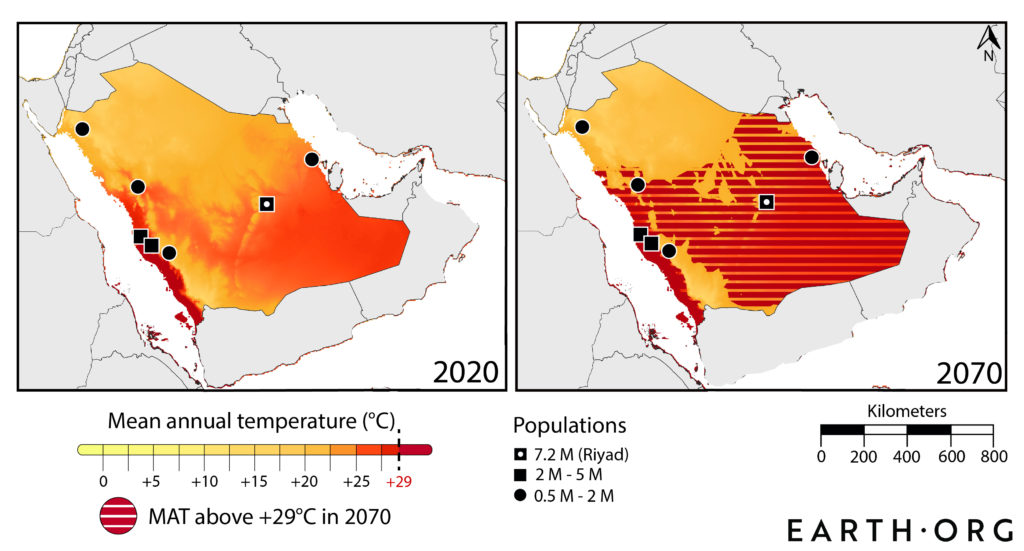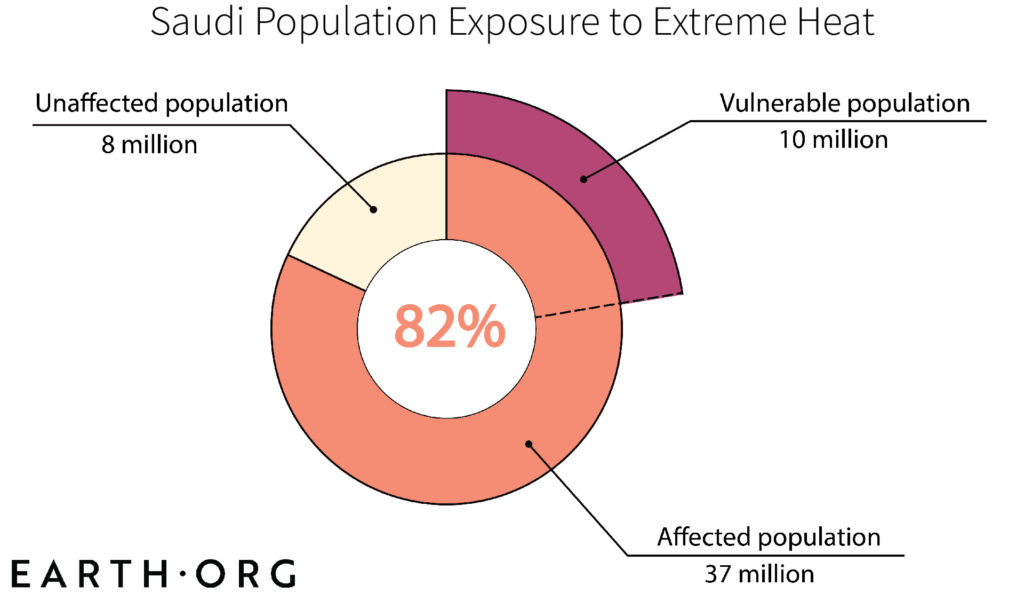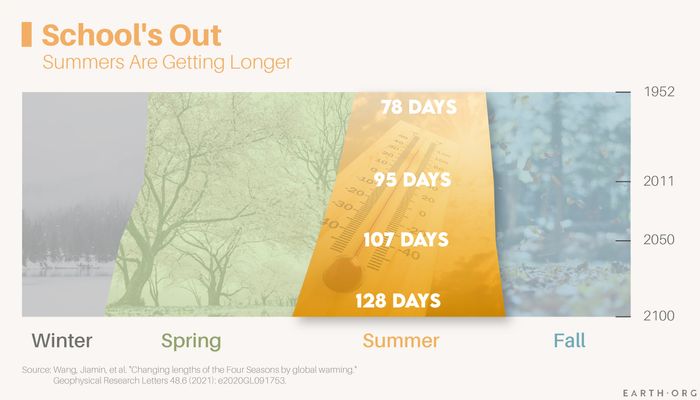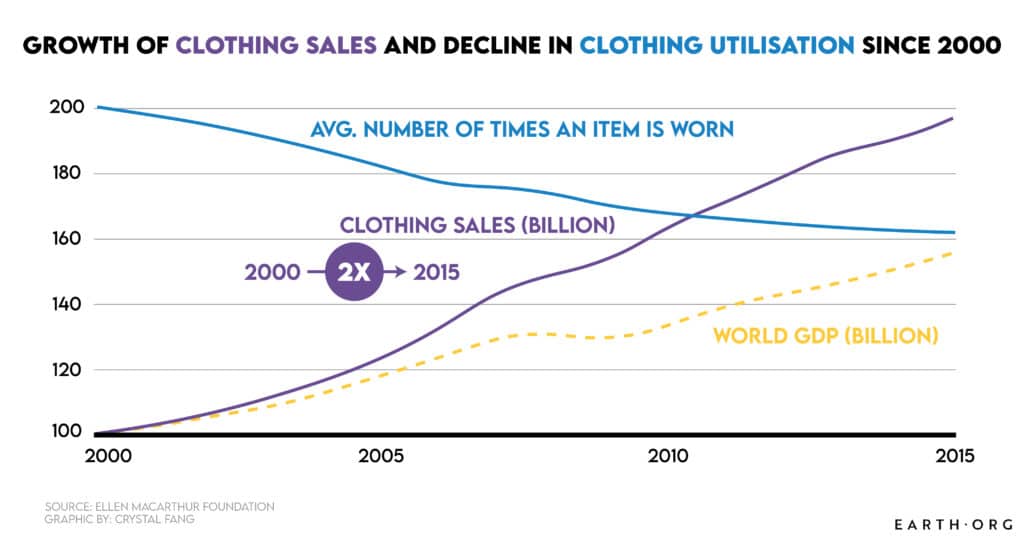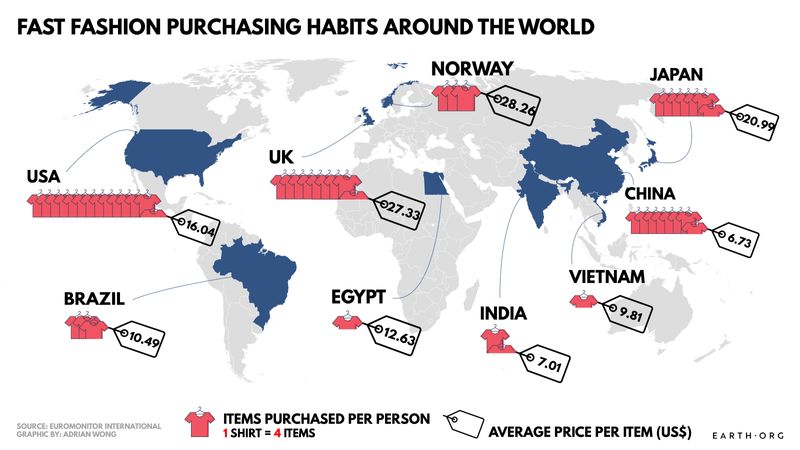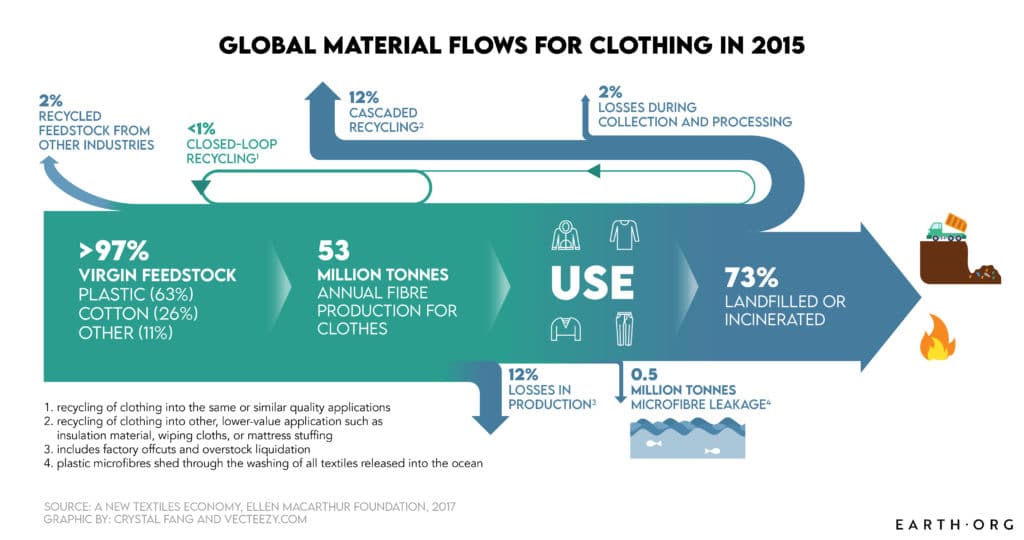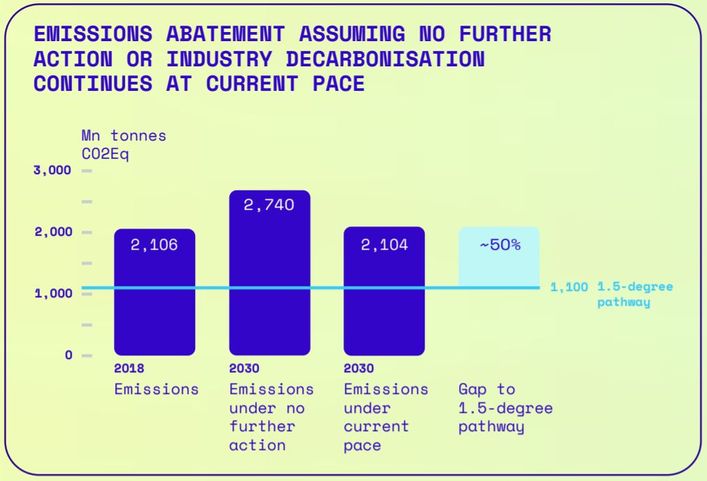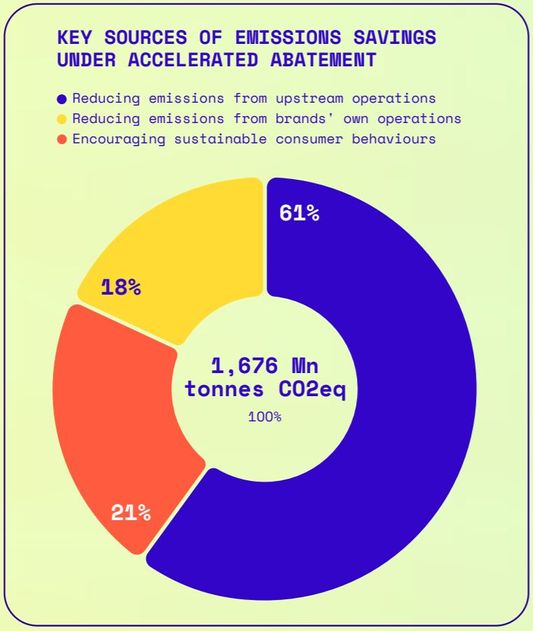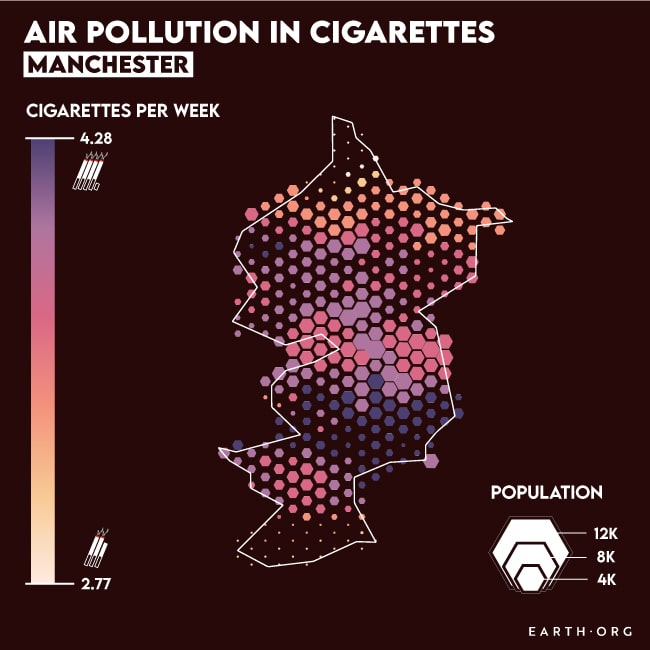
Land access rights in England and Wales severely restrict the public from freely accessing local outdoor green spaces for leisure and exercise. Improving these rights is crucial to moving towards a more sustainable outdoors that is fairer to people of different backgrounds, less polluted, and more natural. Recent campaigns which have gained popularity during the pandemic have called for more public and government action on this issue. In this article, we analyse various sources of public data to show that, while public appreciation of the outdoors and local nature has increased since the pandemic, there is a need to give the public wider access to paths and areas of land to sustain this trend. It is hoped that this article will promote awareness of the importance of land access rights in striving towards a more sustainable and fair outdoors for the population of England and Wales and inspire others to follow suit.
—
The Benefits of Outdoor Spaces
Access to the outdoors, nature, and green spaces is vital to humans for exercise, mental well-being, creativity, and many other benefits. In the UK, not long ago, coronavirus-induced lockdowns removed the public’s freedom to explore the outdoors, forcing us to make the most of whatever local green space we had on our doorstep. However, two years of these restrictions have changed the UK’s attitudes and we can now expect more interest in exploring these local outdoor spaces for recreation and exercise. As well as the restrictions of the pandemic, increased awareness of sustainability and environmental issues amongst the population has also contributed to this shift. From a sustainability point of view, better access to local natural spaces is desirable, paving the way for a wide variety of social and environmental benefits:
- Lower emissions, pollution and congestion as well as better quality of life associated with travel to natural spaces for exercise and recreation.
- Better public awareness of issues facing nature and the environment, as well as a more responsible approach to the outdoors. Reclaiming land for public use also contributes to the discussion of the importance of land ownership and use issues in tackling the climate and nature crises.
- More sustainable tourism, to conserve beauty and support rural communities, for example in mitigating tourist hotspots in National Parks.
- Increased fairness of access to the outdoors; access to local nature is unequal across, for example, ethnicity or income, and this issue has been exacerbated by lockdowns.
It is unsurprising that access to and within local outdoor spaces highly depends on land access rights. However, in England, (figures are similar in Wales, but rights differ in Scotland and Northern Ireland), current rights dictate that the public have the right to freely access only 8% of land around the country and are excluded from the remaining enclosed private land under the fear of trespass. Such places include high-walled aristocratic country estates (G. Shrubsole, Who owns England?, 2019), golf courses or gardens hidden behind a National Trust membership. Campaigns, such as those of the Ramblers, Wildlife and Countryside Link and Right to Roam, are advocating for the reclamation of land to support nature and for public access, arguing for its environmental and health-related benefits as well as its historical and legal importance.
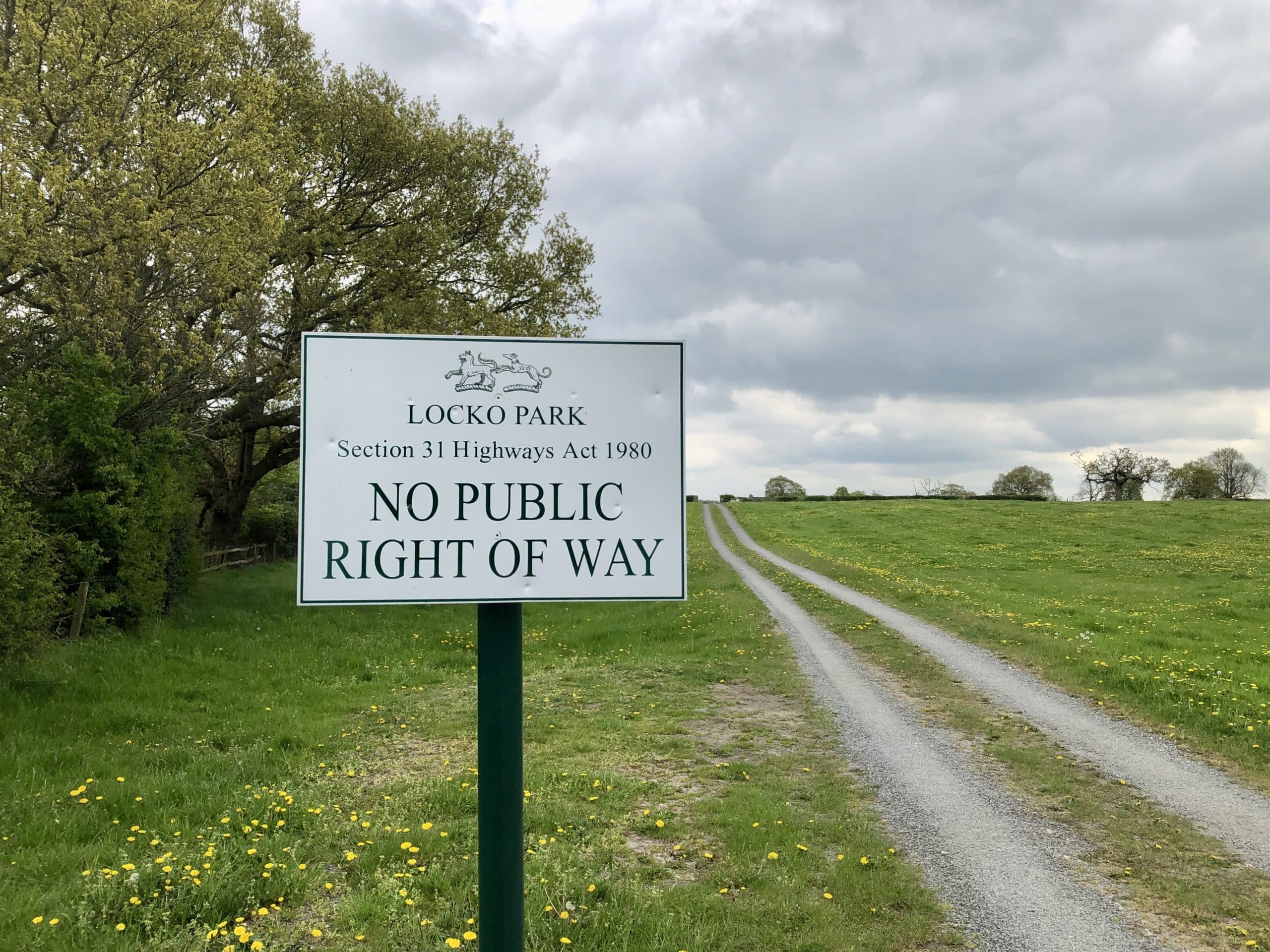
Photo: Andrew Wang.
In this article, we argue that a data-backed approach can support these campaigns to reclaim local outdoor spaces. We present recent data reflecting how the public interact with the outdoors and nature around the country and discuss why this necessitates an improvement in land access rights in the UK.
Importance of Local Natural Spaces
During the multiple UK coronavirus lockdowns, UK restrictions prohibited travelling “outside your local area” to exercise and walk, and permitted local “public outdoor places” to stay open, including parks, “countryside accessible to the public”, gardens, and “the grounds of a heritage site”. This automatically highlighted the importance of having access to local outdoor spaces, which for most of the public meant nearby public urban parks and paths crossing local countryside, but for a select few, also the grounds of their own estates.
Data collected during this time showed that the number of people around the country walking for leisure and exercise rose higher than before the pandemic, especially those getting out several times a week, with walking one of the few things one could do out of the house (Figure 1). Local green spaces were crucial in giving the public the opportunity to get outside and improve their mental health. Furthermore, another survey’s data showed that an increasing proportion of the public said that they were spending more time outside than before the pandemic. To encourage people to continue exploring and exercising outdoors and having an interest in nature after the pandemic, we must ensure that more natural spaces are accessible to the public in England and Wales (as explained here).

Figure 1: Proportion of adults who walk for leisure averaged across all of England from 2016 to 2021, according to the Active Lives Survey by Sport England. This graph incorporates the recently released 2021 survey data not included on past reports; 2022 survey data is scheduled for release in summer 2023.
To support the idea that these outdoor spaces remain important even after the pandemic has ended, recent data presented in Figure 2 showed that both interest in exercising locally and leisure visits to green spaces has stayed at an elevated level compared to before the pandemic – in particular, local exercise interest remains at a statistically significant higher level than before. This suggests the prolonged importance of local outdoor spaces, supporting the focus on sustainable access to the outdoors long after the pandemic.

Figure 2. Left: Google search interest in “walks near me” and “local walks”, according to Google Trends data from 2018 to present, inspired by this article. Each series is normalised according to its own data within the timeframe, so the units are arbitrary and comparison cannot be made between series. An unpaired t-test between pre- and post- pandemic search results suggests a highly statistically significant difference (p≈10-11) for both series (assuming stationarity). Right: proportion of adults who visited green and natural spaces for leisure in the past fortnight from April 2020 to March 2022 in England, according to the People and Nature Survey. This incorporates recently released monthly indicator data not presented on government reports. Data before this period is not available since the data was collected in a different format, and data after this period is unreleased.
Towards A Public-Informed Approach to Land Access Rights
The data above has shown that green and natural spaces in the local area are important to people seeking to go outdoors for leisure and have an interest in nature. However, the public is legally barred from setting foot on the vast majority of the outdoors around the country – 92% – because of poor land access rights dictating the few places granted access to the public and defining the rest as trespass. In this section, we consider a direction for a possible solution.
In line with the data-backed approach of this article, we compare where there is land granted public access by law with where the public are actually walking and moving. The hypothesis is that there may be private paths or areas of land which show public activity, whether out of convenience, unawareness, or simple desire to explore local green spaces. Surely land access rights should evolve to reflect and protect by law the places where people want to walk? Suggestions from these findings could then strengthen existing campaigns to reclaim private areas for the public, such as that of the Ramblers.
For our approach, we take the English and Welsh network of publicly accessible paths, called public rights of way (PRoW), as a proxy for land access. As a simple illustrative analysis using openly available data, we compare the rights of way network with a large dataset of public GPS traces recorded around the country by members of the public. Example results for Bedfordshire are shown in Figure 3.
It must be mentioned that there are many other interesting data-oriented avenues of highlighting regional need for access to outdoors spaces. For example, in hyper-urban settings such as Greater London, a tool was built to suggest areas for green space creation based on current green space access and demand, pollution and land availability.
Figure 3. Interactive map showing GPS activity recorded by the public (such as walking, running and cycling) in Bedford and Central Bedfordshire up to 2013, taken from a dump of GPX file data from OpenStreetMap in 2013. Black represents activity data that coincides with public rights of way, that is, where the activity was legal. Red/magenta represents activity data that does not, that is, where the activity counted as trespass. Deeper red indicates higher activity levels. Read more and get started with analysing other areas by following the instructions in the code: github.com/Andrewwango/prow-ml
We see that, while most activity coincides with where it is legal (and often signposted), there are paths of interest that are not public, which therefore can be fenced or blocked without notice. For such a path, this information could be used to support a campaign to change their status, especially if the path has already been identified as, for example, a former historic right of way (cf. the Ramblers). Of course, our identified paths will inevitably be a subset of all possibilities since trespass that is recorded is a subset of the total desire to trespass.
Conclusion
Nature should be accessible for all, and survey data presented in this article has shown us that the public’s interest in nature and accessing the outdoors for exercise and recreation locally is now higher than before the pandemic. This is important in moving towards a more sustainable approach towards the outdoors.
The limited public land access rights in England and Wales mean that for the majority population, access to much of the outdoors and countryside is illegal, behind closed doors or subject to a fee. By looking at data showing public activity on footpaths, we can identify possible paths to protect with the status of being free for the public to access.
There is much more work to be done in providing fairer access to the outdoors in England and Wales. For readers from other countries, I would love to hear about attitudes towards how land access rights shape the sustainability of the outdoors – please get in touch!
Featured image by Andrew Wang
Note: all statements about availability of released data is true as of date of publication.
You might also like: Indigenous Community Wins Recognition of its Land Rights in Panama








